The bond between mother and daughter is often described as one of the most significant and enduring relationships in a woman’s life.
It is a bond built on love, trust, understanding and support.
However, when Forfar mother Gillian Davidson reflects on the special bond she has with her grown-up daughter and only child Laura, it’s an inspiring tale – or should that be tail – rooted in decades-old puppy love.
Gillian, 64, a Guide Dogs Scotland volunteer in Forfar, is a guide dog fosterer.
It’s a role she’s been doing for around 20 years.
She is currently fostering a Labradoodle called Rascan.
Growing up around guide dogs inspired Laura, 31, to become a qualified guide dog mobility specialist (GDMS) in 2020.
She previously worked caring for the dogs at the Guide Dogs’ Forfar centre.
Guide dog mobility specialists match dogs with their future guide dog owners, working with the dogs and the owners to teach all the important skills to create and maintain successful partnerships.
In an interview with The Courier, however, Gillian explains how it all came about “kind of by accident”.
Laura refused to take no for an answer when discussing dogs
“Laura was only about nine or 10 at the time and really wanted a dog,” said Gillian, a former pupil of Wellbrae Primary and Forfar Academy.
“She was desperate for a dog.
“But as I have a bad back and I couldn’t walk a dog, my perfect excuse was always ‘no we can’t have a dog because mum can’t walk it and is out all day’.
“That worked until Laura was at the back door speaking to my neighbour’s brother who said that there was this new scheme at Guide Dogs where you could board a dog as it was called in those days.
“You got them at 5pm, kept them overnight, and had them at weekends.
“She came running in and said ‘mummy, mummy, guess what, guess what’ and told me all about it.
“I said ‘no I don’t think we’ll do that’, but she really worked a good number on me!”
Attendance at Forfar guide dogs fostering meeting was a turning point
Gillian explained how she and her husband went to a Guide Dogs fostering meeting.
They dropped Laura at her gran’s house, telling her ‘there is no dog coming into our house – I’m just going to find out’, hoping to shut her up.
Four weeks later, there was a dog in the house…
Gillian laughs that she had no experience of dogs.
Her own late mum Catherine Donald was frightened of dogs.
Yet 20 years later, Gillian is still fostering. She’s looked after 30 to 40 dogs during those decades and now Laura is working for Guide Dogs Scotland full time.
“It’s absolutely my mum’s fault!” laughed Laura, a former pupil of Forfar Academy who studied history at Stirling University and is now based in East Kilbride.
“My job is to work with dogs – I train them in their last stages of training, preparing them for working with a visually impaired client.
“I am then responsible for matching the dogs with a visually impaired client, and then training that partnership together.
“I also do a lot of client aftercare and support – I support the partnerships throughout their working life.
“It’s like finding the right fit. I always say you wouldn’t want to walk in the wrong-sized pair of shoes for the rest of your life.
“So you wouldn’t want to walk with the wrong dog for the rest of its working life.”
What was the first guide dog fostered by Gillian in Forfar?
Gillian’s first fostered dog was a yellow lab called Lyric.
In those days, fostered dogs were kept for 14 to 20 weeks.
Nowadays it tends to be five to six months.
Gillian explained how her husband, who works in Dundee, drops their dog at the centre round about 7.30 every morning and then picks them up after 5pm each night.
“They are in our house overnight and at that time we obviously feed them when they come in, we play with them, we interact with them,” she said.
“At the weekend, we try to socialise with them so we’ll take them out places. If we’re going out for a meal or to the supermarket, wherever we’re going, if the dog can come we’ll take the dog and it socialises – it gets used to being in social situations and settings.
“But we are not allowed to just let them do what they like. There are rules in the house – no food that’s human, no extra food, not up on furniture – all these rules have to be carried out.
“They work from 9 to 5. We get them used to household environment to get them ready to go on to a house with guide dog owner.
“They can stay in kennels. You can leave them there. But some dogs don’t like kennels. They get a wee bit stressed.”
What does Gillian get out of fostering guide dogs in Forfar?
Gillian says one of the main reasons she has kept the fostering going for so long is that sense of “giving something back”.
Describing her role as a “tiny bit in the big machine that makes guide dogs”, they don’t get told where the dogs they foster end up.
However, because of the work Laura now does, they do hear stories about the changes guide dogs make to people’s lives.
It’s a rewarding sentiment shared by Laura.
She added: “This is going to sound super cheesy, but I don’t think there are many jobs where we get – not instant gratification, because there’s a lot of training. But I feel extremely grateful and privileged that we get to see first-hand the effect that these dogs have and how the work they are doing has a life-changing effect.
“The role played by fosterers – and puppy raisers – is absolutely vital.
“Without them, Guide Dogs could not function.
“Fosterers are vital to get that nice stable home life and also the fosterers maintain our training at home.
“Also they put in a heck of a lot of work.
“All volunteers are the backbone of Guide Dogs.”
What difference can a guide dog make to the blind?
Jonathan Attenborough, an accountant from Perth, is registered blind and has a hearing impairment.
The 34-year-old was born partially sighted and could only see from his left eye.
His sight further deteriorated at the end of 2017, leaving him with the ability to only see shapes and shadows.
Once his sight started to deteriorate, he went on to use a long cane.
But he didn’t enjoy it nor use it well.
He looked into using guide dogs which resulted in him being matched with his first dog.
Jonathan was partnered with Zorba, a yellow Labrador/retriever mix, in 2016 thanks to Guide Dogs Scotland.
He said: “Zorba was a fantastic dog who helped me so much.”
Zorba retired from Jonathan’s care in March 2017.
He was then partnered with his second guide dog, Sam, who helps with his day-to-day life.
Guide dog Sam helps Jonathan attend Dundee United football matches
Jonathan, a Dundee United supporter, spends much of his free time travelling around the UK attending football matches with Sam.
“My mission is to advocate for and establish comprehensive accessibility in football across the UK,” he said.
“This means not just ensuring physical accessibility in stadiums but also enhancing the sensory experience of the game for visually impaired fans.”
Jonathan continued: “As a visually impaired football fan and guide dog owner, my love for football goes beyond the thrill of goals and the roar of crowds.
“It’s about the inclusivity, the community, and the unspoken bond that unites us all.
“My journey in football has never been about watching the game in the traditional sense; it’s been about experiencing it.
“Feeling the electric atmosphere in the stadiums, sensing the collective anticipation of fans around me, and understanding the game through the passionate commentaries and the vivid descriptions.
“I want to create a world where football is truly for all – where a visually impaired child can feel the excitement of a match as vividly as anyone else, where guide dogs are as welcome as scarves and shirts, and where the spirit of the game transcends visual boundaries.”
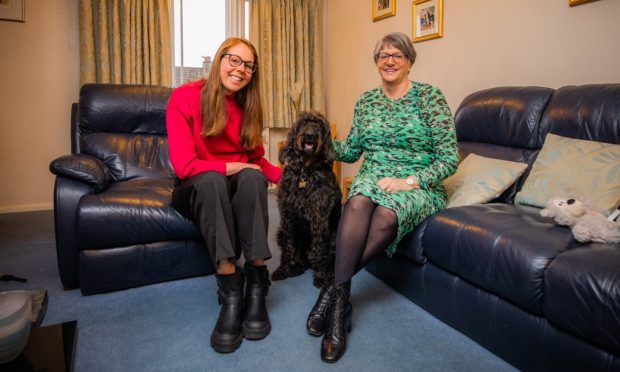
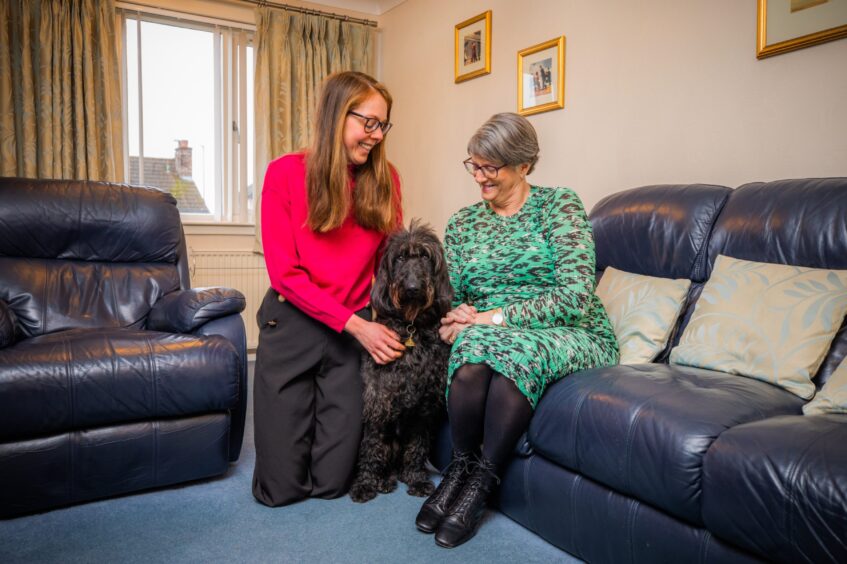
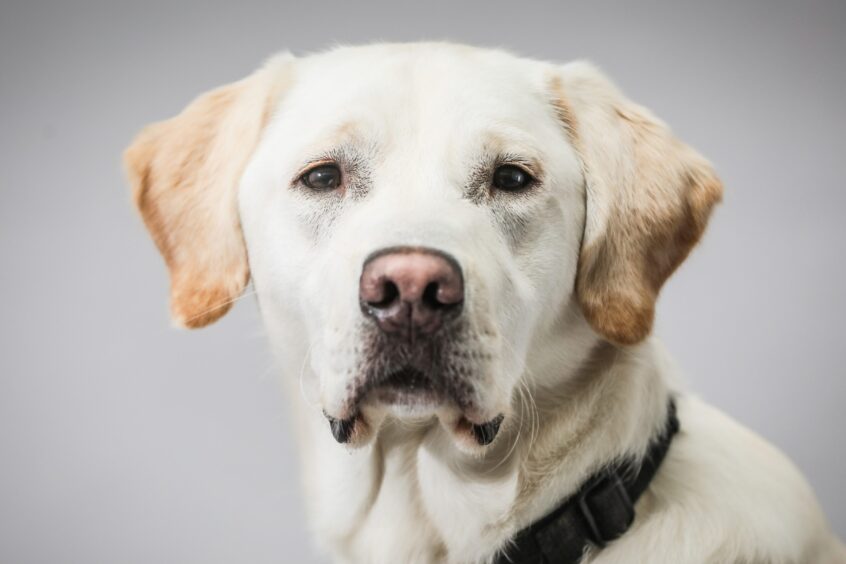
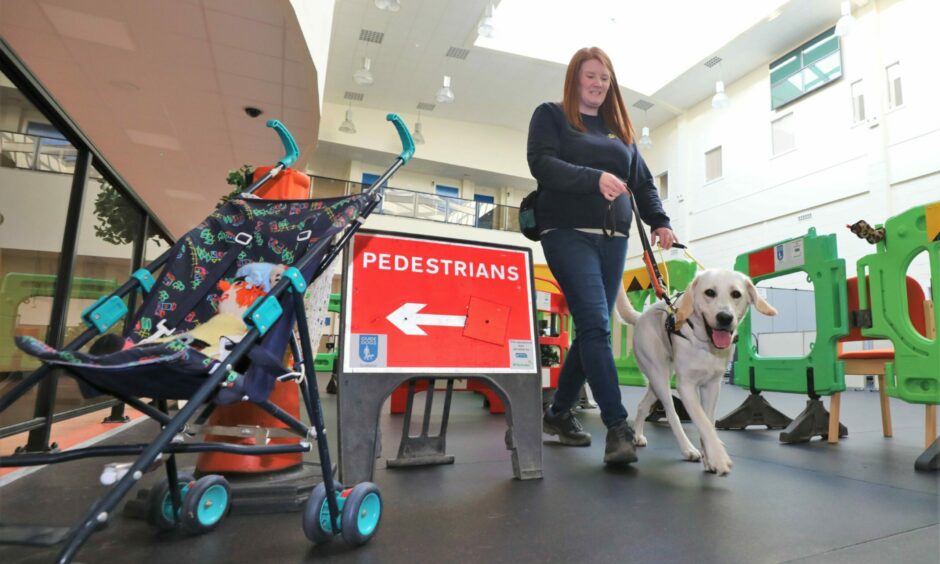
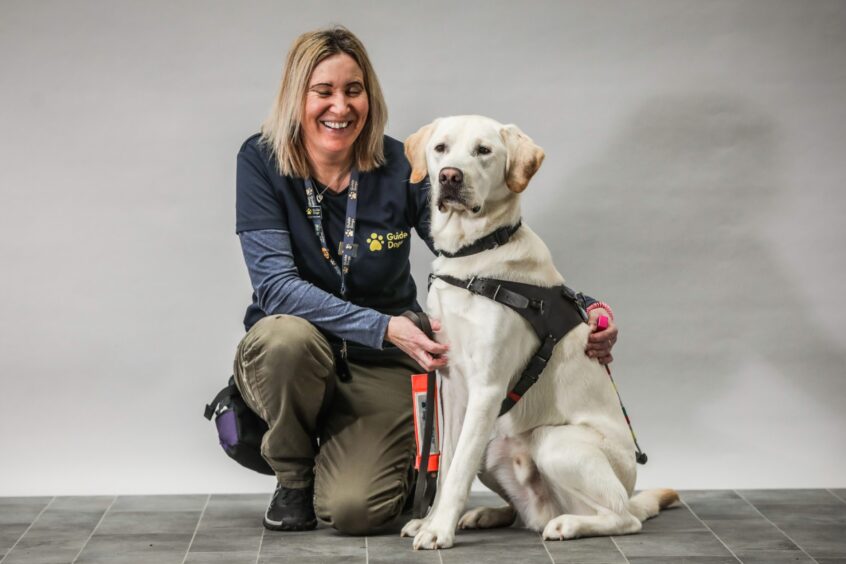
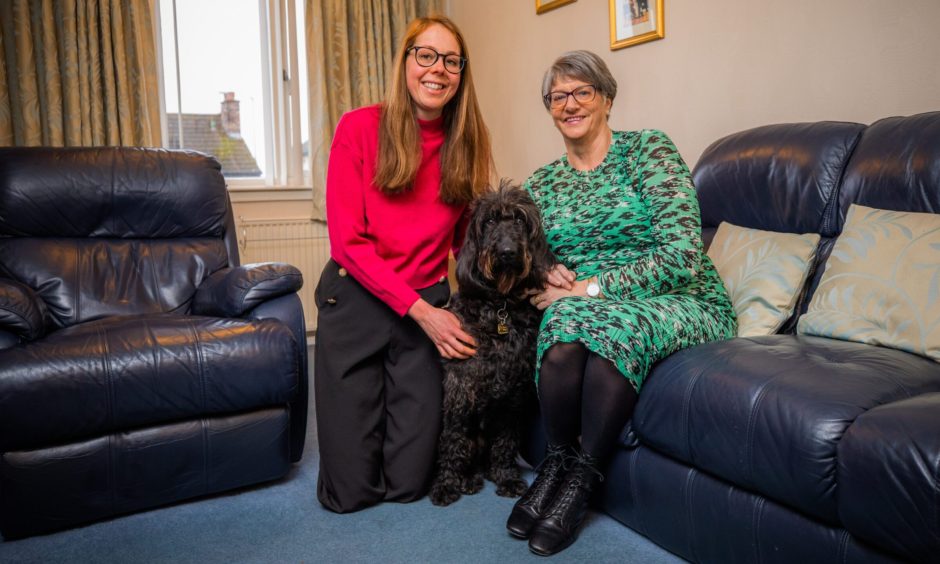
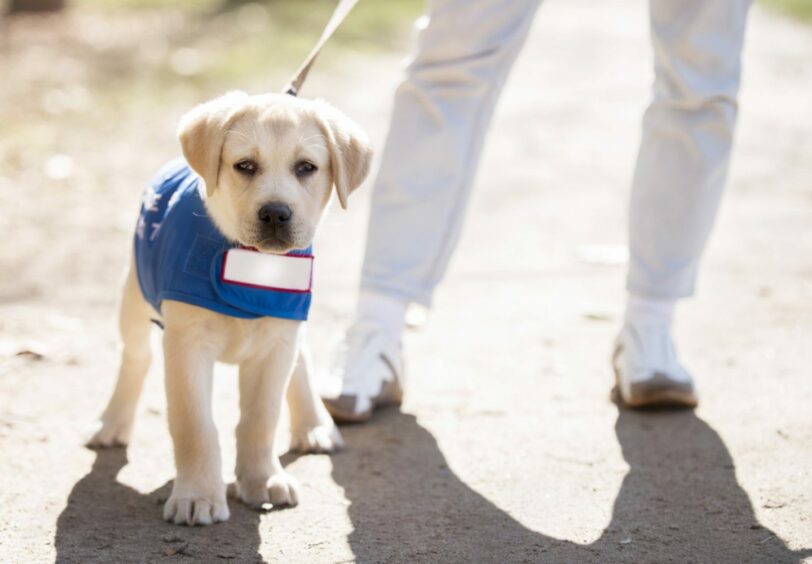
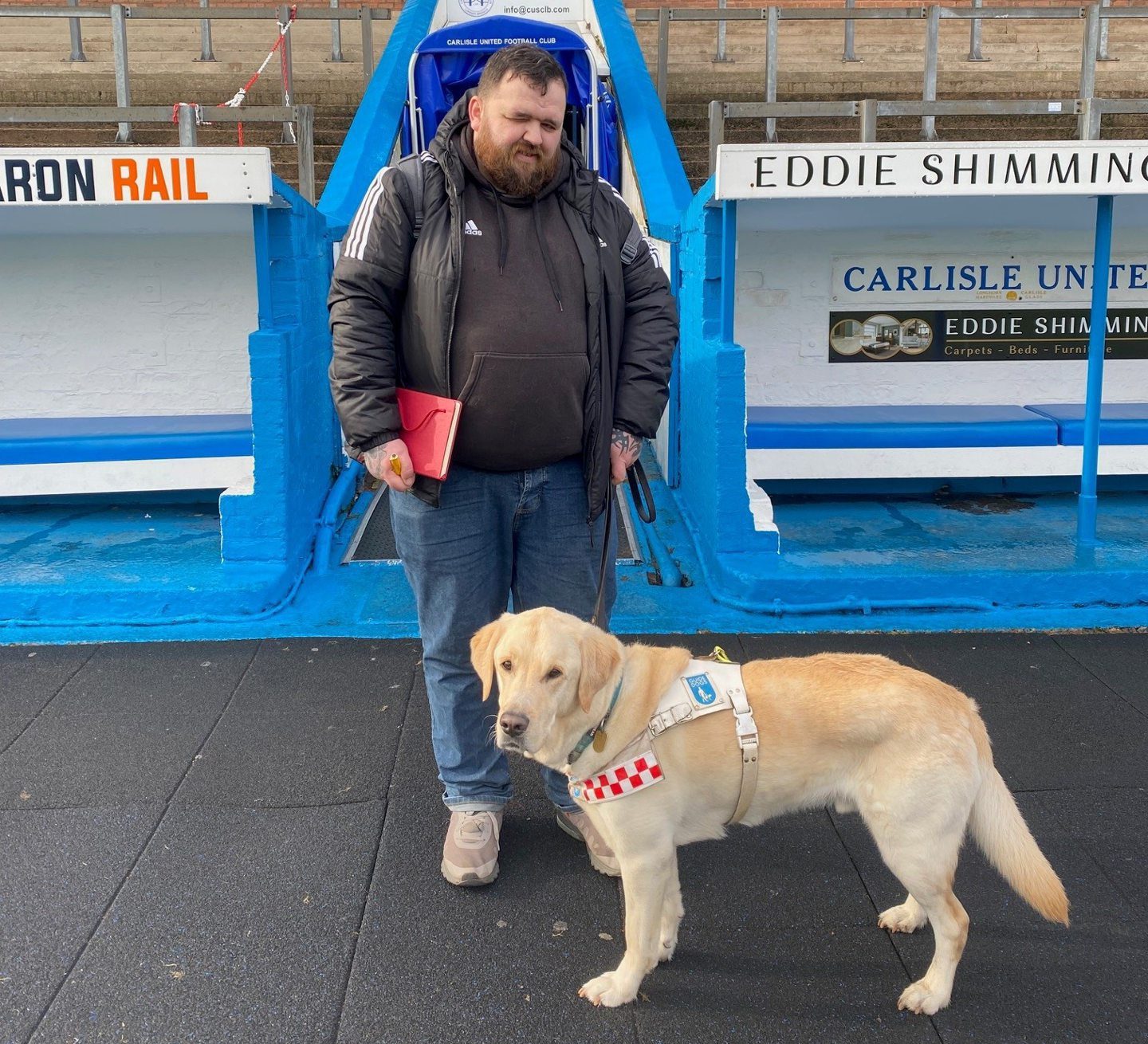
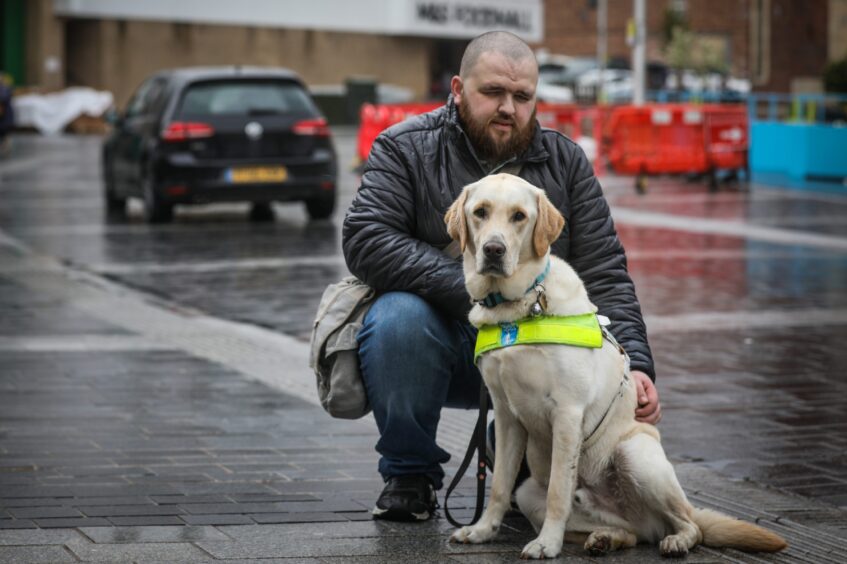
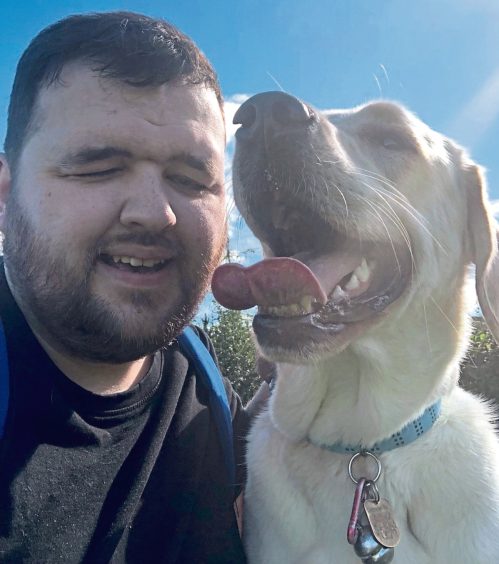

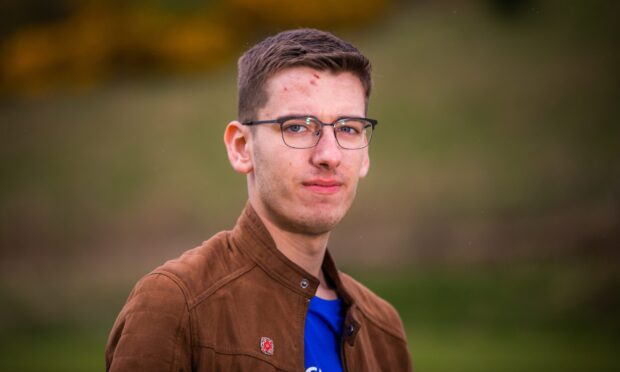
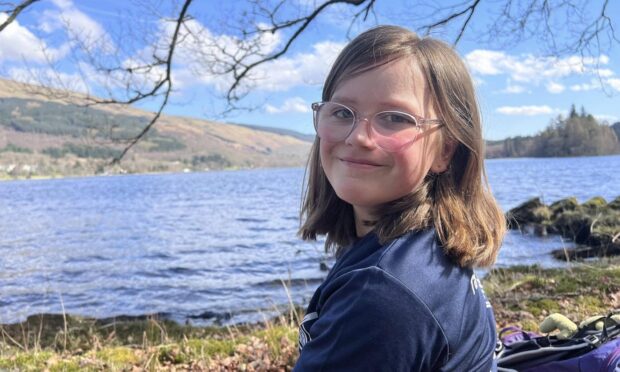
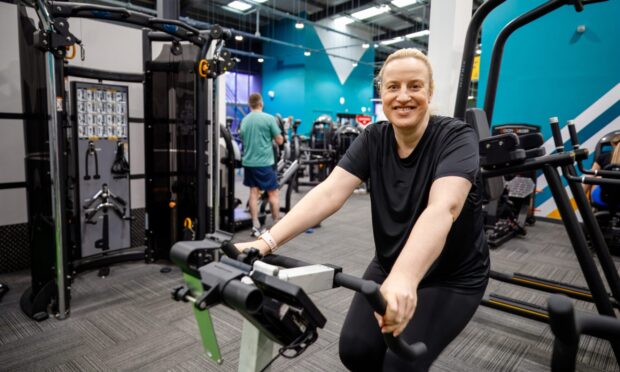
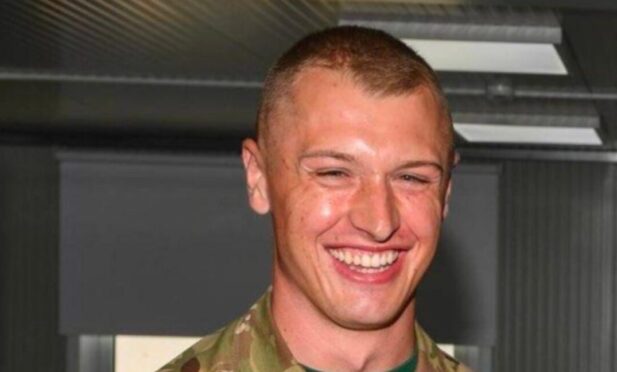
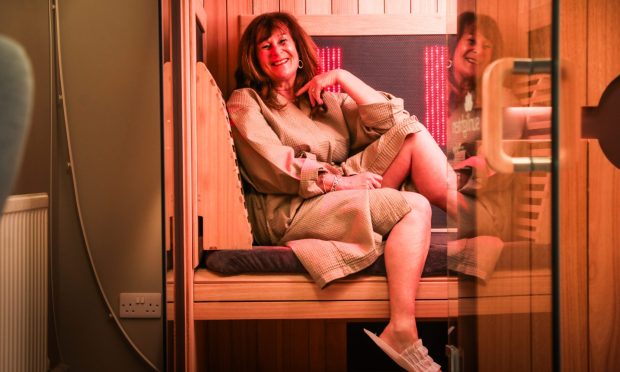
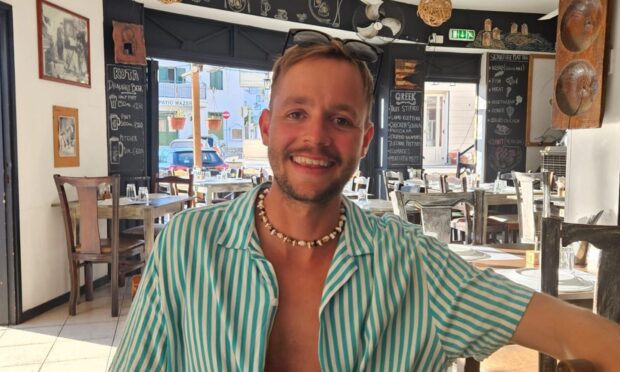
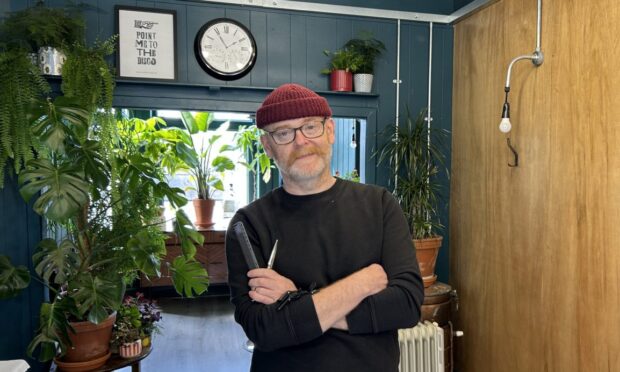
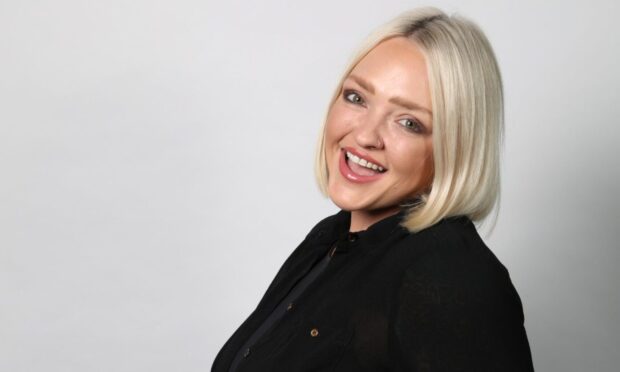
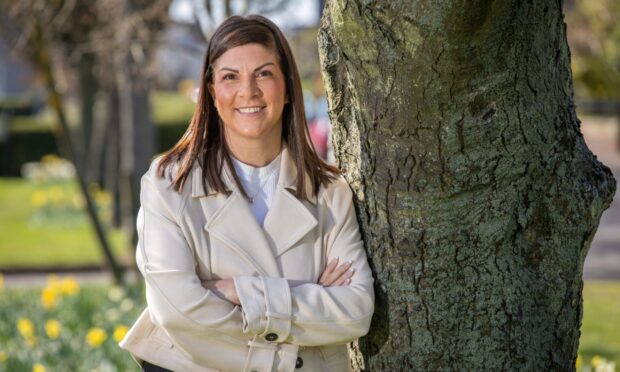
Conversation